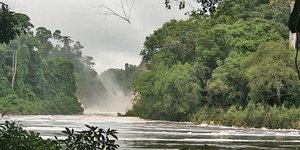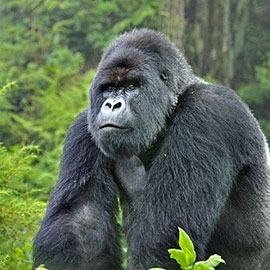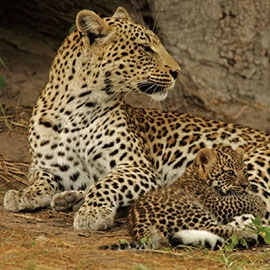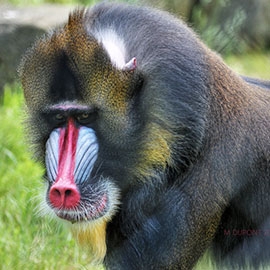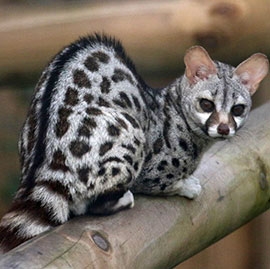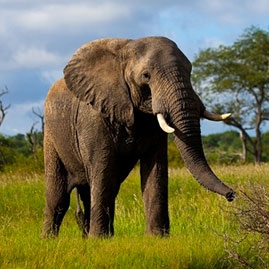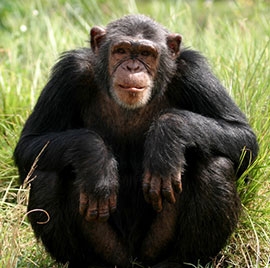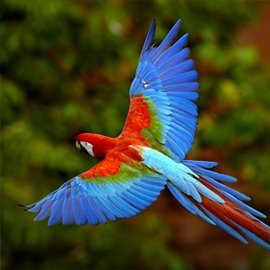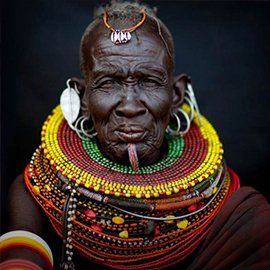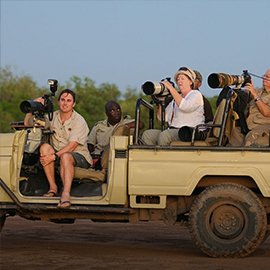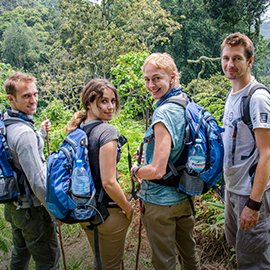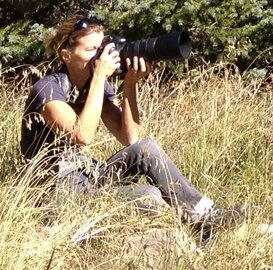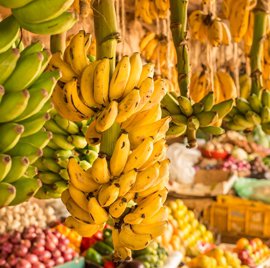Lopé National Park
Safari suitability: 5/10
Find your tourNot a big five destination. Off the beaten track, providing an adventurous trip for the intrepid traveler. Gabon is an emerging destination and often accustomed comforts must be sacrificed
What YAS members think
Highlights
- A UNESCO World Heritage site
- Location of the largest-ever recorded aggregation of mandrills
- A greater number of threatened species than any other African rainforest
- Home to the sun-tailed monkey (Cercopithecus solatus), discovered in 1984
- Accommodation varies from a first-class hotel to tented camps to western style luxury lodges
About Lopé National Park
Smack-dab in the middle of Gabon on the west coast of equatorial Africa, stretching up to the broad, tree-flanked Ogooué River on the north, Lopé National Park weaves together two distinct and unique landscapes to offer a great diversity of plant and animal life. The unusual combination of the predominant rainforest with grass savannahs in the north of the park provides the varied environments necessary to sustain an incomparable complexity of plant species—over 1,550 have been recorded.
The Lopé-Okanda Wildlife Reserve created in 1946 led the way for the 4,910 km² (1,896 miles²) Lopé National Park to become first protected area in Gabon. In 2007, UNESCO named The Ecosystem and Relict Cultural Landscape of Lopé-Okanda a World Heritage site. This designation was awarded for the park’s wildlife and its archaeological value.
The River Ogooué Valley has been inhabited by humans almost continuously for 400,000 years. Artifacts from hunter-gatherer societies and a notable collection of 1,800 rock carvings can be found in this area, the oldest concentration of archaeological relics in central Africa.
Wildlife of Lopé National Park
With a generous 11% of its territory dedicated to wildlife preservation, the country of Gabon is working to become known as a safe haven for endangered species. More threatened species of large mammals find sanctuary in the Lopé-Okanda reserve than in any other comparable rainforest area in the Congo Rainforest Biogeographical Province. Some of the largest remaining populations of the western lowland gorilla, whose numbers have plunged in recent years due to disease and hunting, are found in Gabon. Lopé National Park is home to 12 families of this shy primate, for a local population of fifty of these critically endangered animals.
Up to 60,000 forest elephants, the largest population of this species in central Africa, wander through the jungles of Gabon. Forest buffalo, about half the size of the Cape buffalo, graze in the small open areas within Lopé National Park’s rainforest. Other mammal species that inhabit the park include primates such as the chimpanzee, black colobus, needle-clawed bushbaby, mandrill, and the tiny, slow moving arboreal monkey known as the potto. The solatus monkey, also called the sun-tailed guenon, was only very recently discovered in 1984 and includes Lopé National Park in its territory. Antelopes in the park include the sitatunga and the forest dwelling duiker. The park hosts wild cats such as the leopard and the African golden cat, but most big cats prefer the open savannahs for their hunting.
The Ogooué River, the fourth largest river in Africa, provides a home for all three species of African crocodile: the Nile crocodile, the dwarf crocodile, and the slender-snouted crocodile, as well as the hippopotamus and the red river hog, forest dwelling wild pigs who are good swimmers and add molluscs from the river to their usual diet of grasses, roots and tubers.
Nearly 400 different bird species have been recorded in Lopé National Park. Avian species include rosy bee-eater, crowned hawk eagle, the lesser kestrel, the rare Dja river warbler, great blue turaco, grey-necked rockfowl, chocolate-backed kingfisher, Cape gannet, emerald cuckoo, loango weaver, black guinea fowl and the white-headed vulture. Congregations of birds are often a clue as to the location of monkeys.
Mandrills of Lopé National Park
Lopé National Park is the only place in the world that offers visitors a likely chance to view the enormous troops of hundreds of mandrills up close and personal. The largest group of primates ever recorded is a troop of 1,350 mandrills sighted in Lopé National Park.
Charles Darwin wrote "no other member in the whole class of mammals is coloured in so extraordinary a manner as the adult male mandrills." This resplendent coloration, often compared to the gaudy plumage of birds, is unique to the males and consists of bright blue and red skin on their faces and a blue to purple rump. Their fur is an olive green and they sport a warm golden yellow beard.
Mandrills are the largest of all monkeys. They gather in social units called troops, consisting of females and juveniles. The colorful males spend their time alone and in seclusion, only joining the troop during the breeding season from June through early November, the best time to view this species.
The males can engage in violent battles with each other during mating season, and most males end up with scars or broken teeth from these contests. However, it is the female who makes the ultimate choice about her partner. If she’s not interested she effectively rebuffs him by climbing a tree slender enough not to hold his weight, which can be three times hers.
Since some of the mandrills in Lopé National Park have been fitted with radio collars, tracking them becomes an easier task, increasing the possibility of seeing a troop. The mandrills prefer to travel along the edge of the rainforest near the banks of the rivers. They avoid open areas where predators might more easily spot them.
One photographer who went to see the mandrills in Lopé described the awesome experience of being in the middle of a troop on the move. The group of photographers and their guide had identified a location that the monkeys were likely to pass and waited patiently behind a camouflaged blind. Whooping cries, probably from the females who use piercing screams to discuss with each other which direction to go, were the early warning that the troop was approaching. Then in a matter of minutes, hundreds of mandrills flooded around the blind on all sides even passing overhead in the trees in a sensory spectacle of movement and noise.
When is the best time of year to Visit Lopé National Park?
The dry season from May to September has the bonus of lower humidity. The best time to see the mandrills is between June and November when the males come out of seclusion to find a mate and super troops of hundreds or even 1000+ individuals can congregate.
Much of the botanical beauty of the rainforest comes to life from September through January. The Gabon forests start to flower in mid-September, and by the end of December there is plenty of fruit. Orchids in the savanna flower between October and January, and some marshy areas flower during December and January.
Sort by:
Lopé National Park has an unusual ecosystem showing ecological and biological evolution processes and its numerous petroglyphs showing human migrations and evolution through the ages. This is why it is a worldly heritage listed by UNESCO. Some of the mammal species you will see include the forest elephant, western lowland gorilla, chimpanzee, mandrill, forest buffalo, sun-tailed guenon, leopard, black colobus, sitantunga and yellow-backed duiker. Bird species include rosy bee-eater, crowned hawk eagle, Dja river warbler, great blue turaco, grey-necked rock fowl (picathartes), the chocolate-backed kingfisher, emerald cuckoo and black guinea fowl. That being said, animals are very shy due to poaching, which makes it very difficult to see game.
Getting to Lopé National Park from Libreville, Gabon
The best way to get to Lopé is on the Trans-Gabon railway. It takes around six hours to get to Lopé and more information can be found here. http://www.seat61.com/Gabon.htm
Lopé map
Latest photos
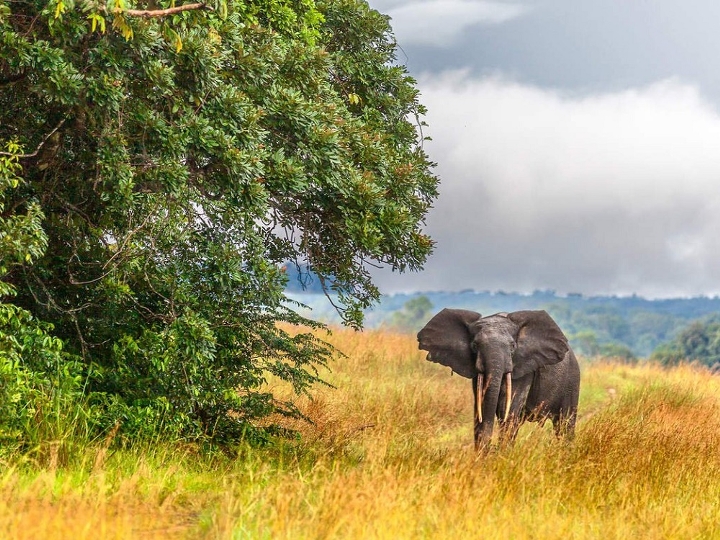
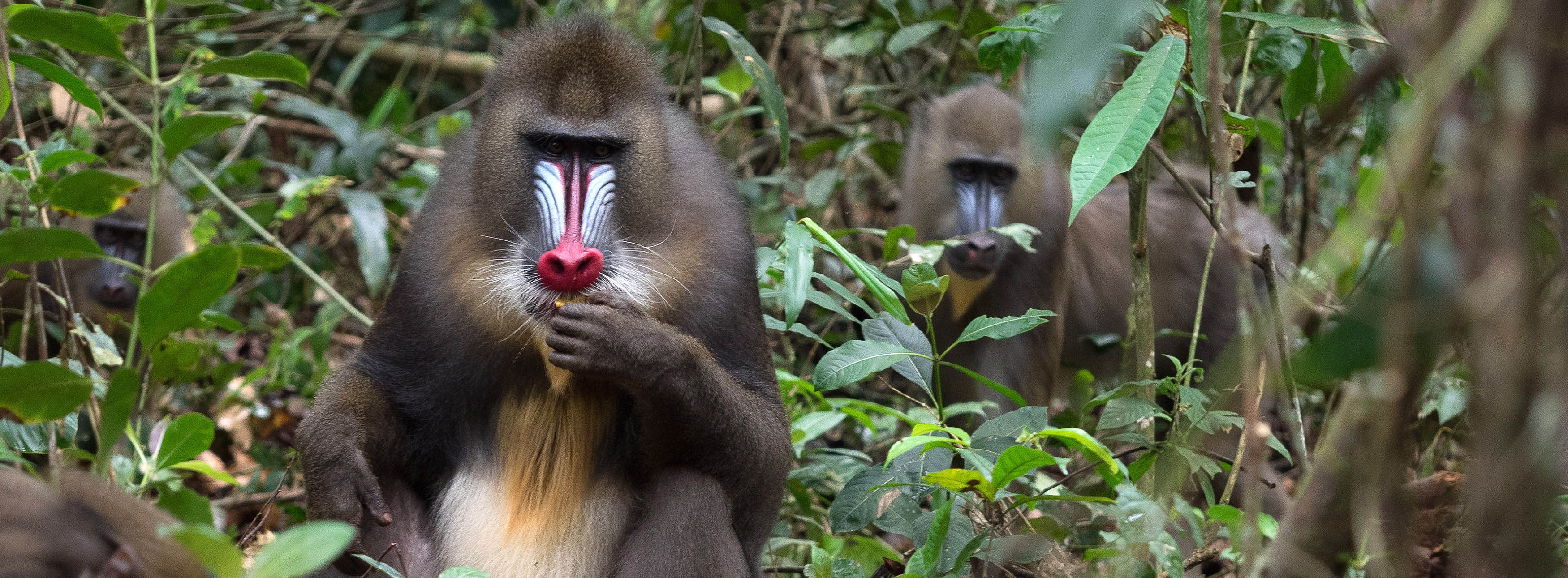
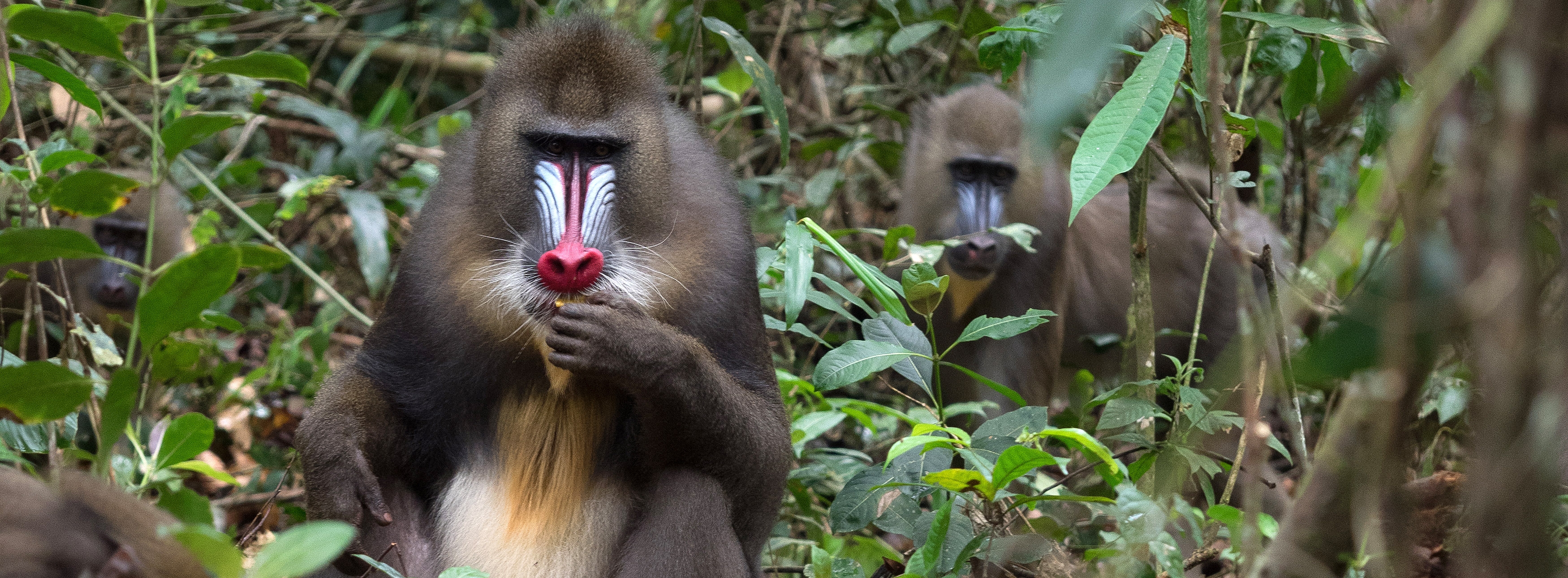
 United States
United States
